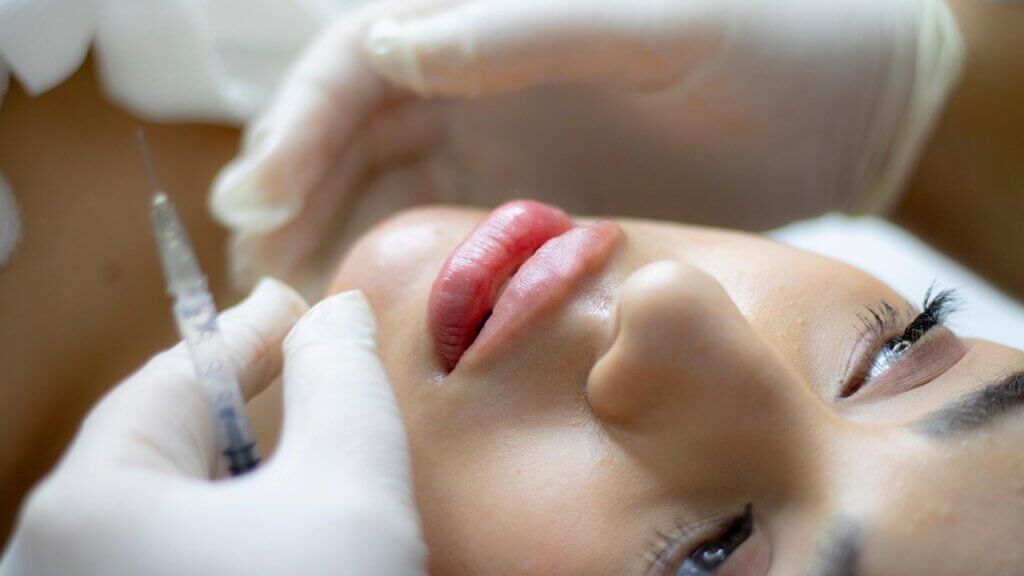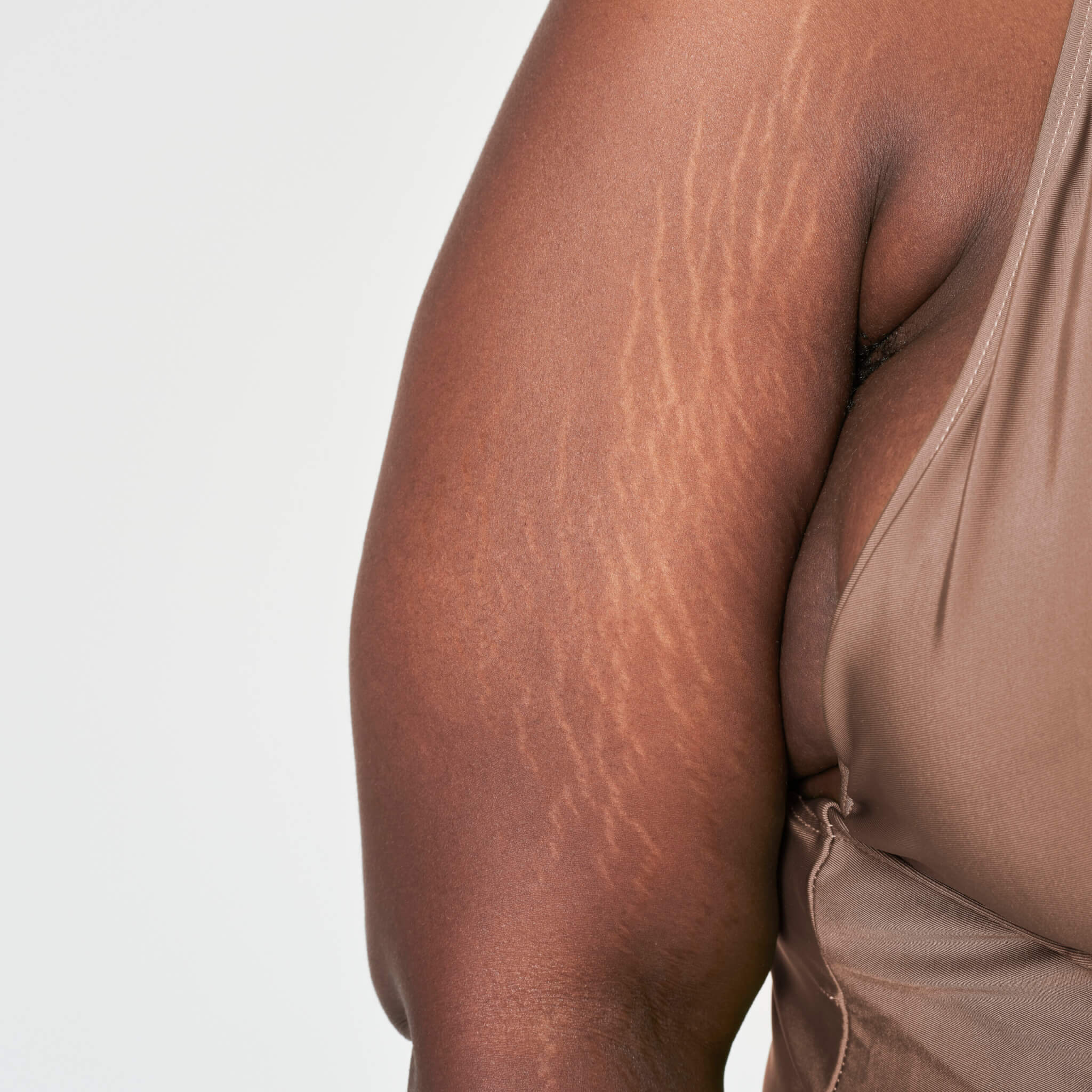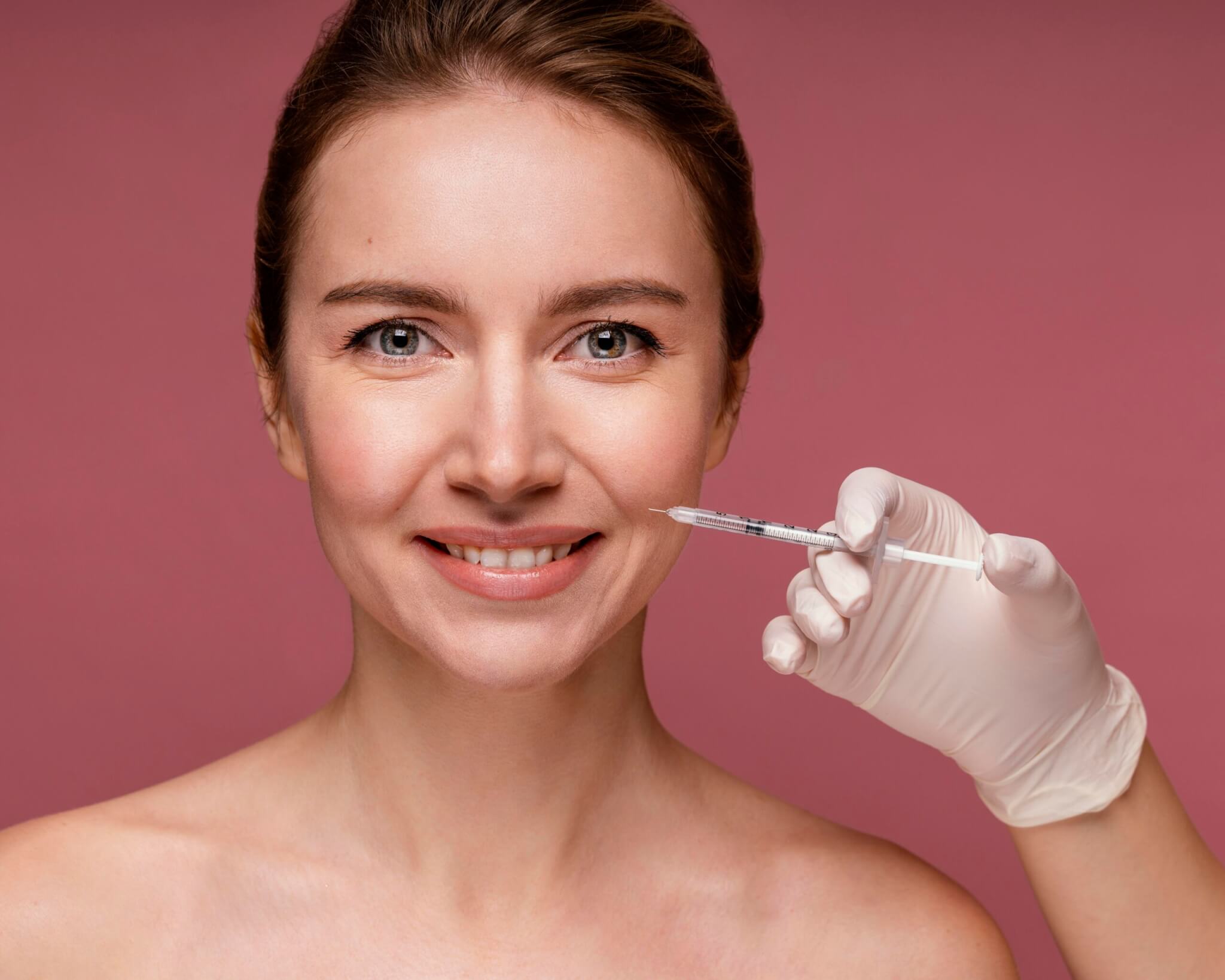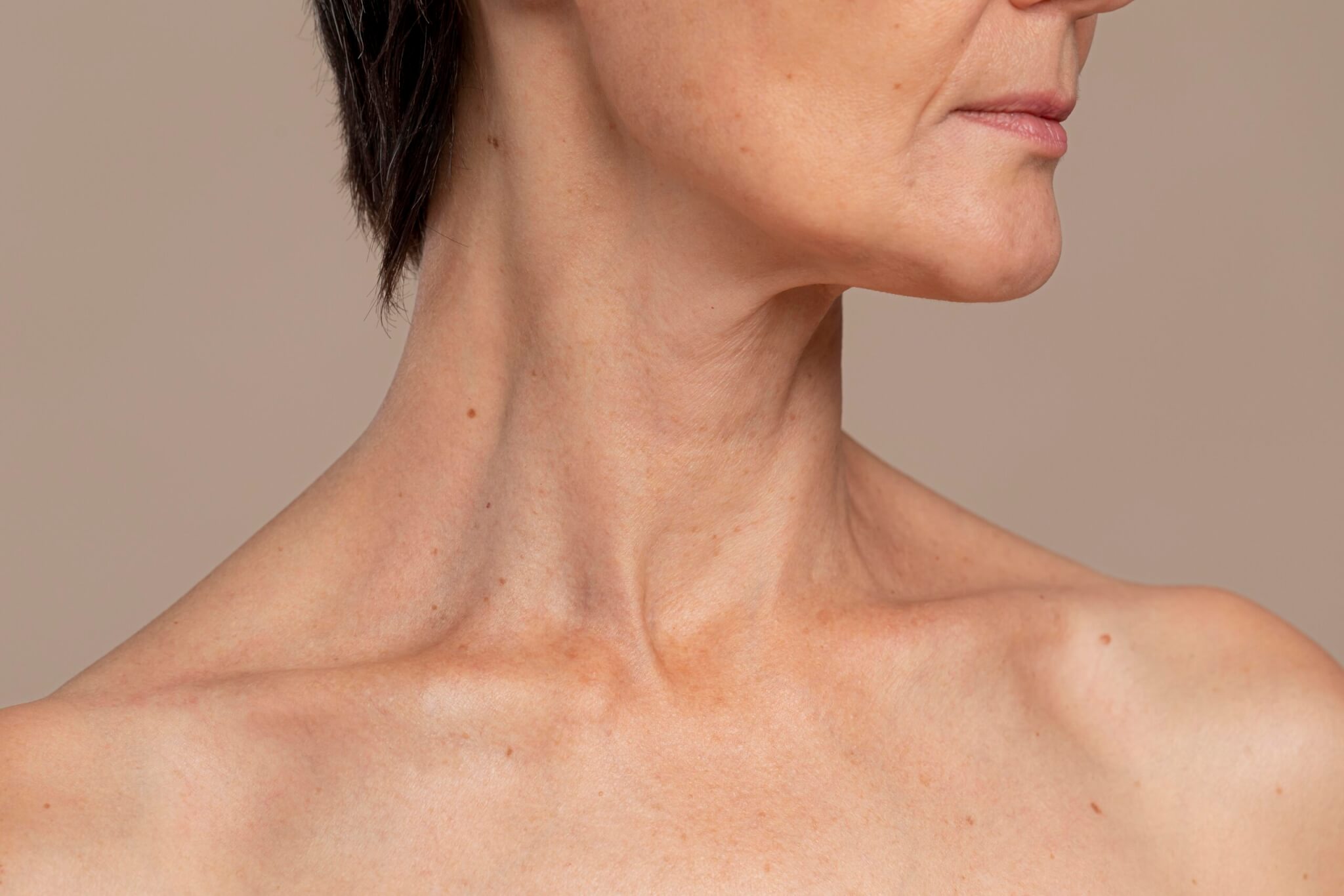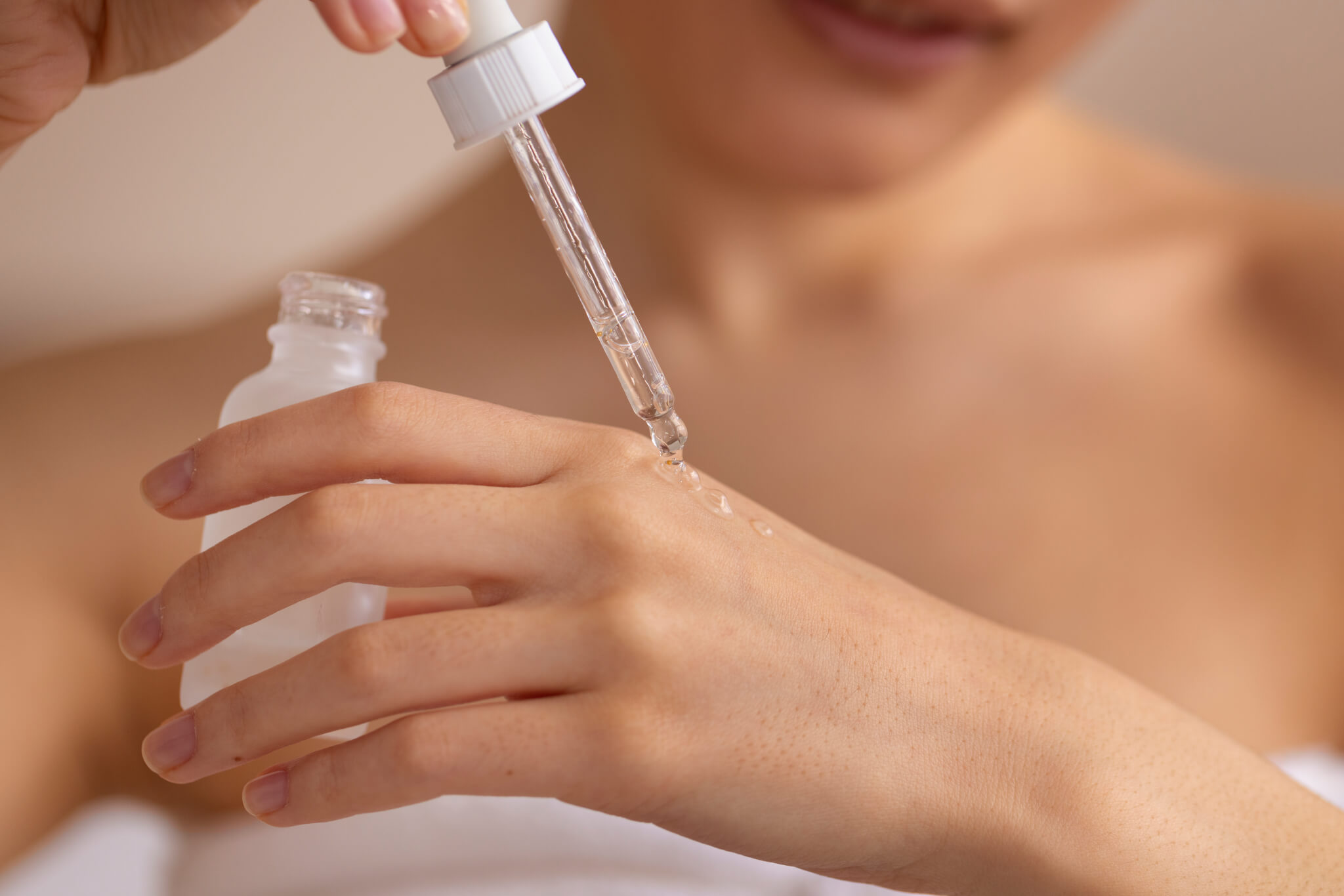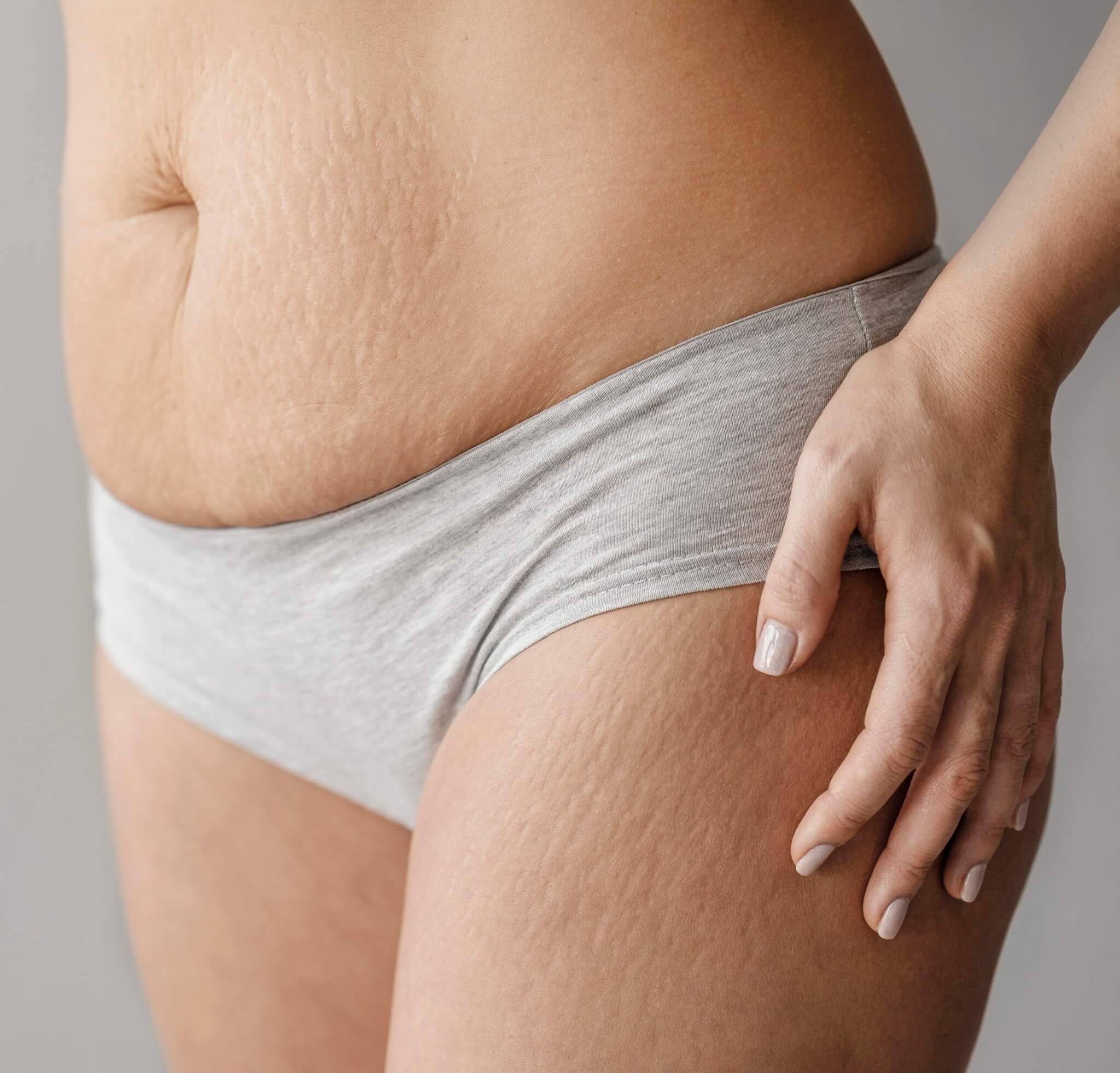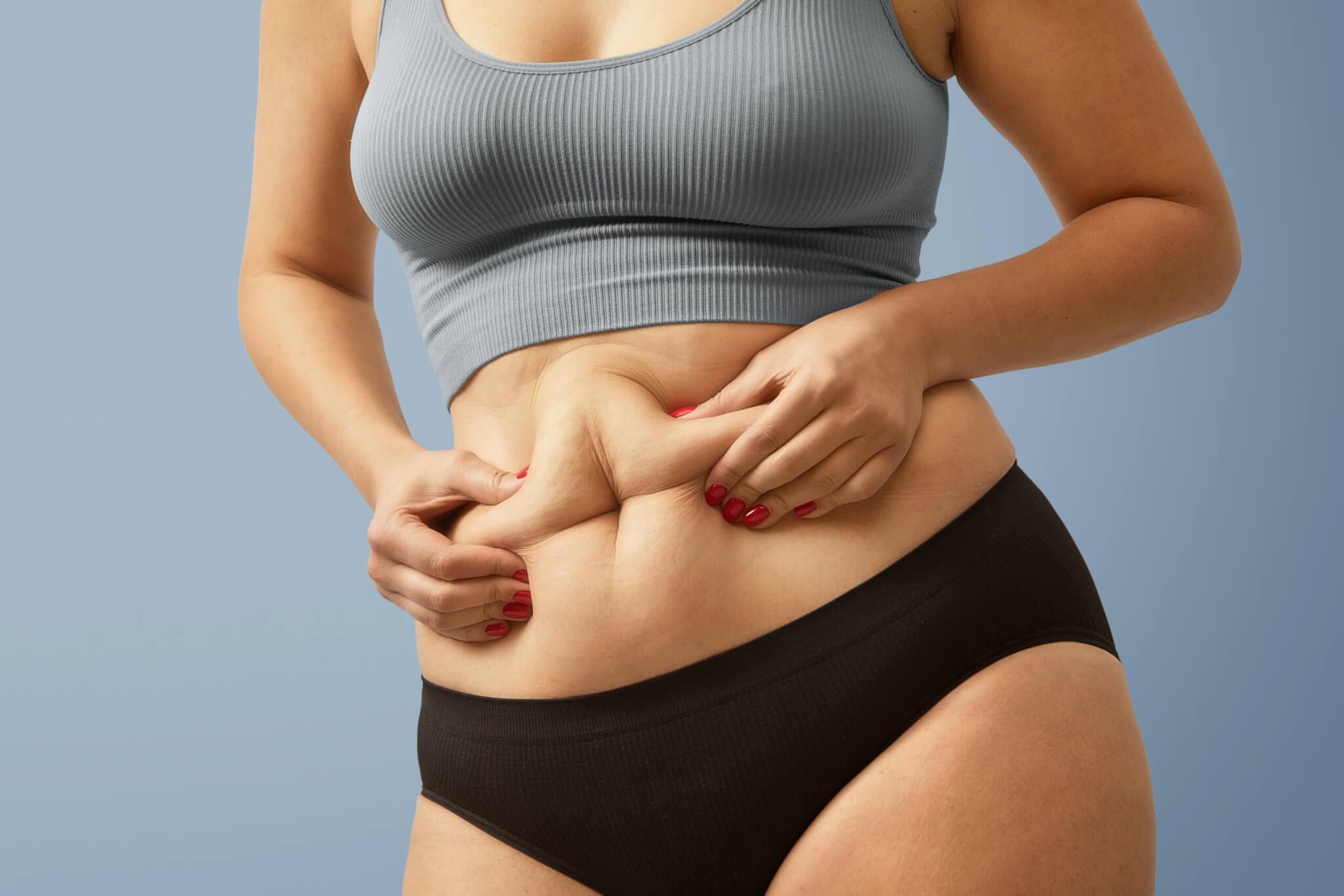Considering lip filler injections for the first time can feel overwhelming. With so much information available online, it’s challenging to separate fact from fiction and understand what to expect from this popular cosmetic procedure truly. This comprehensive beginner’s guide will walk you through everything you need to know about lip fillers, from understanding what they are to caring for your lips post-treatment.
What Are Lip Fillers?
Lip fillers are injectable dermal fillers specifically designed to add volume, shape, and definition to the lips. The most common type of lip filler contains hyaluronic acid, a naturally occurring substance in the body that helps retain moisture and create volume. Popular brands include Juvéderm, Restylane, and Belotero, each offering slightly different formulations to achieve various aesthetic results.
Unlike permanent lip augmentation procedures, hyaluronic acid fillers are temporary and reversible, making them an excellent choice for beginners who want to enhance their lips without long-term commitment. The results typically last between six to twelve months, depending on the product used, your metabolism, and lifestyle factors.
Understanding Hyaluronic Acid: The Science Behind Lip Fillers
Hyaluronic acid (HA) is a sugar molecule that naturally exists in your skin, joints, and connective tissues. In the context of lip fillers, HA works by attracting and binding water molecules, which creates the plumping effect that enhances lip volume. Because it’s a substance your body already produces, hyaluronic acid fillers have an excellent safety profile with minimal risk of allergic reactions.
One of the most significant advantages of HA fillers is their reversibility. If you’re unhappy with the results, an enzyme called hyaluronidase can dissolve the filler within hours, returning your lips to their original state. This safety net provides peace of mind for first-time patients who may be nervous about their results.
Who Is a Good Candidate for Lip Fillers?
Most healthy adults over 18 can safely receive lip filler injections. Ideal candidates are those looking to:
- Add volume to naturally thin lips
- Restore lost volume due to aging
- Improve lip symmetry
- Enhance lip definition and border
- Smooth vertical lip lines (often called smoker’s lines)
- Achieve a more balanced facial appearance
However, lip fillers may not be suitable for everyone. You should avoid lip fillers if you’re pregnant or breastfeeding, have active cold sores or infections around the mouth, have severe allergies, or have certain autoimmune conditions. Always disclose your complete medical history during your consultation to ensure lip fillers are safe for you.
Preparing for Your Lip Filler Appointment
Proper preparation can significantly impact your treatment experience and results. Here’s what you should do before your appointment:
Two Weeks Before: Avoid blood-thinning medications and supplements unless prescribed by your doctor. This includes aspirin, ibuprofen, vitamin E, fish oil, and ginkgo biloba, as these can increase bruising and bleeding.
One Week Before: Stop drinking alcohol, as it can thin your blood and increase bruising risk. If you’re prone to cold sores, ask your practitioner about taking antiviral medication preventatively, as the injection process can trigger an outbreak.
24 Hours Before: Stay well-hydrated by drinking plenty of water. Avoid strenuous exercise, dental work, and waxing or laser treatments in the facial area.
Day Of: Arrive at your appointment with a clean face, free of makeup and lip products. Eat a light meal beforehand to prevent lightheadedness during the procedure.
What to Expect During Your First Lip Filler Treatment
Understanding the treatment process can help ease any anxiety about your first appointment. Here’s a step-by-step breakdown of what typically happens:
Consultation: Your practitioner will discuss your goals, examine your lips, and recommend the appropriate amount of filler and injection technique. This is your opportunity to ask questions and ensure you’re both on the same page about the desired outcome.
Preparation: Your lips will be thoroughly cleaned and photographed for before-and-after comparison. A topical numbing cream is usually applied and left on for 15-20 minutes to minimize discomfort. Some fillers also contain lidocaine, a local anesthetic mixed into the product itself.
Injection: Using a fine needle or cannula, your practitioner will carefully inject small amounts of filler into strategic points around your lips. The process typically takes 15-30 minutes. You may feel pressure, pinching, or mild stinging, but most patients report the procedure is less painful than expected.
Assessment: After the injections, your practitioner will massage the filler to ensure even distribution and assess the results. You’ll be given an ice pack to reduce immediate swelling.
Immediate Aftercare: The First 24-48 Hours
The first two days after your lip filler treatment are crucial for achieving optimal results. Here’s what you should and shouldn’t do:
Do:
- Apply ice packs intermittently to reduce swelling (10 minutes on, 10 minutes off)
- Sleep with your head elevated on extra pillows
- Stay hydrated by drinking plenty of water
- Take arnica supplements or use arnica cream to minimize bruising
- Eat soft, cool foods if your lips feel tender
- Use a gentle, fragrance-free lip balm to keep lips moisturized
Don’t:
- Touch, press, or massage your lips excessively
- Engage in strenuous exercise or activities that raise your blood pressure
- Consume alcohol or blood-thinning substances
- Apply makeup to the treated area for at least 12 hours
- Expose your lips to extreme heat (saunas, hot yoga, direct sun)
- Receive dental work or facial treatments
- Kiss or engage in activities that put pressure on your lips
Managing Side Effects and Knowing What’s Normal
Some side effects after lip filler injections are completely normal and expected. Understanding what’s typical versus what requires medical attention is important for first-time patients.
Normal Side Effects:
- Swelling (can be significant, especially in the first 24-48 hours)
- Bruising at injection sites
- Tenderness or mild discomfort
- Small bumps or irregularities that settle within days
- Slight asymmetry while swelling subsides
- Redness at injection points
Most of these effects resolve within a week. Remember that swelling can be uneven, so your lips may look asymmetrical initially. This is normal and will improve as the swelling goes down.
When to Contact Your Practitioner:
- Severe pain that doesn’t improve with over-the-counter pain medication
- White or gray discoloration of the lips (could indicate vascular compromise)
- Signs of infection (fever, warmth, pus, or increasing redness)
- Severe, worsening swelling
- Unusual firmness or hard lumps that don’t resolve
- Difficulty breathing or speaking
Long-Term Care and Maintenance
Once the initial healing period is complete, caring for your enhanced lips is straightforward:
Sun Protection: Always wear SPF lip balm when outdoors. Sun exposure can break down hyaluronic acid faster and cause premature fading of your results.
Hydration: Continue drinking plenty of water to support the hyaluronic acid’s moisture-retaining properties.
Skincare Routine: Use gentle, non-irritating lip products. Avoid harsh exfoliants directly on the lips.
Follow-Up Appointments: Schedule a two-week follow-up to assess your results. Some patients may need a small touch-up to achieve perfect symmetry or desired volume.
Maintenance Treatments: Plan for touch-up treatments every 6-12 months to maintain your results. Many patients find they need less filler at subsequent appointments once the desired shape is established.
Setting Realistic Expectations: What Lip Fillers Can and Cannot Do
Having realistic expectations is crucial for satisfaction with your results. Here’s what lip fillers can realistically achieve:
Lip Fillers Can:
- Add noticeable volume and fullness
- Improve lip symmetry and proportion
- Define the lip border and enhance the cupid’s bow
- Smooth fine lines around the mouth
- Create a more youthful appearance
- Be customized to achieve natural or more dramatic results
Lip Fillers Cannot:
- Permanently change your lip size (results are temporary)
- Fix severe lip asymmetry caused by structural issues
- Change your lip color or texture
- Eliminate deep, etched wrinkles around the mouth (may require combination treatments)
- Replace lost tooth structure or change your smile mechanics
Choosing the Right Practitioner: Your Most Important Decision
The skill and experience of your injector significantly impact your results and safety. Here’s what to look for when choosing a practitioner:
Qualifications: Choose a licensed medical professional with specific training in aesthetic injectables. This includes board-certified dermatologists, plastic surgeons, or experienced registered nurses and nurse practitioners working under physician supervision.
Experience: Ask how many lip filler procedures they perform monthly. An experienced injector should have before-and-after photos of their work that demonstrate consistent, natural-looking results.
Consultation Quality: A reputable practitioner will spend adequate time discussing your goals, explaining the procedure, reviewing potential risks, and answering all your questions. Be wary of anyone who rushes you or promises unrealistic results.
Facility Standards: The treatment should take place in a clean, professional medical environment with proper safety protocols and emergency equipment.
Product Authenticity: Ensure your practitioner uses only FDA-approved fillers purchased directly from authorized distributors. Counterfeit products exist and pose serious health risks.
Understanding Costs: Investing in Quality
Lip filler costs vary widely based on location, practitioner experience, and the amount of product used. Most treatments range from $500 to $2,000 per session. Fillers are typically priced per syringe, with most patients receiving 0.5 to 1 full syringe for their first treatment.
While it may be tempting to choose the cheapest option, remember that lip fillers are a medical procedure. Prioritizing cost over quality and safety can lead to poor results or complications that cost more to fix. View lip fillers as an investment in yourself, and choose a qualified practitioner who charges fair prices for quality products and expert technique.
Common Myths and Misconceptions About Lip Fillers
Let’s address some common myths that prevent people from trying lip fillers:
Myth: “Lip fillers always look fake and overdone.” Reality: Poorly done lip fillers look fake. When administered by a skilled injector using the appropriate amount, lip fillers can appear completely natural and enhance your features.
Myth: “Once you start getting lip fillers, you have to keep getting them forever.” Reality: Lip fillers are temporary and your lips will gradually return to their original state if you stop treatments. There’s no dependency or permanent change.
Myth: “Lip fillers are extremely painful.” Reality: With topical numbing and lidocaine-containing fillers, most patients report minimal discomfort. The anxiety is typically worse than the actual procedure.
Myth: “Everyone will know you got lip fillers.” Reality: Well-done, proportionate lip enhancement often goes unnoticed. People may simply think you look refreshed or are using a great lip product.
Making Your Decision: Is It Right for You?
Deciding to get lip fillers is a personal choice that should be made thoughtfully. Consider your motivations, conduct thorough research, and select a qualified practitioner you trust. Start conservatively—you can always add more filler at a follow-up appointment, but removing excess filler, while possible, requires an additional procedure.
Remember that lip fillers are an enhancement, not a transformation. The goal should be to look like the best version of yourself, not to alter your appearance or dramatically mimic someone else’s lips.
Final Thoughts
Lip filler injections provide a safe and effective way to enhance your natural beauty with minimal downtime and maximum flexibility. By understanding what to expect, choosing a qualified practitioner, and following proper aftercare instructions, you can achieve beautiful, natural-looking results that boost your confidence.
If you’re ready to explore lip fillers, schedule a consultation with an experienced practitioner who can assess your unique features and create a customized treatment plan. Your journey to fuller, more defined lips begins with taking that first step and asking the right questions. With proper preparation and realistic expectations, your first lip filler experience can be a positive, comfortable, and ultimately rewarding one.
